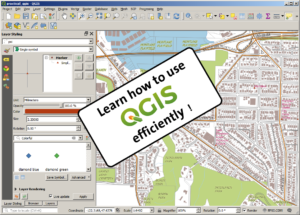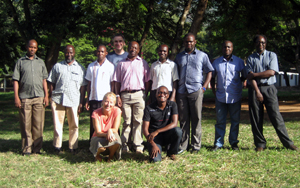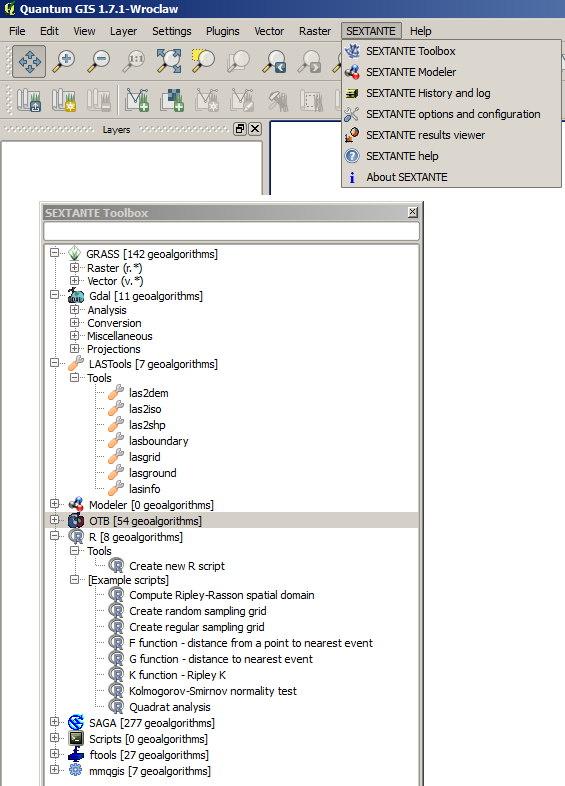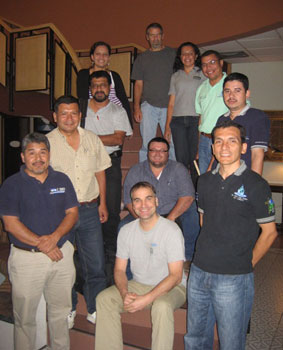
On December 7th through 9th Terra GIS is offering a 3 day online class on QGIS Desktop GIS ( taught live out of, Seattle, Washington). The class will focus on practical exercises in a workshop style setting. The class will enable ArcGIS users to easily transition to using QGIS and its comprehensive tool kit (or to use it in addition to their existing GIS software). Participants can choose to attend the full three days of the class or optionally attend only one or two of the days. Details about the class can to be found here.










 (Munich / Immenstadt, Germany)
(Munich / Immenstadt, Germany)